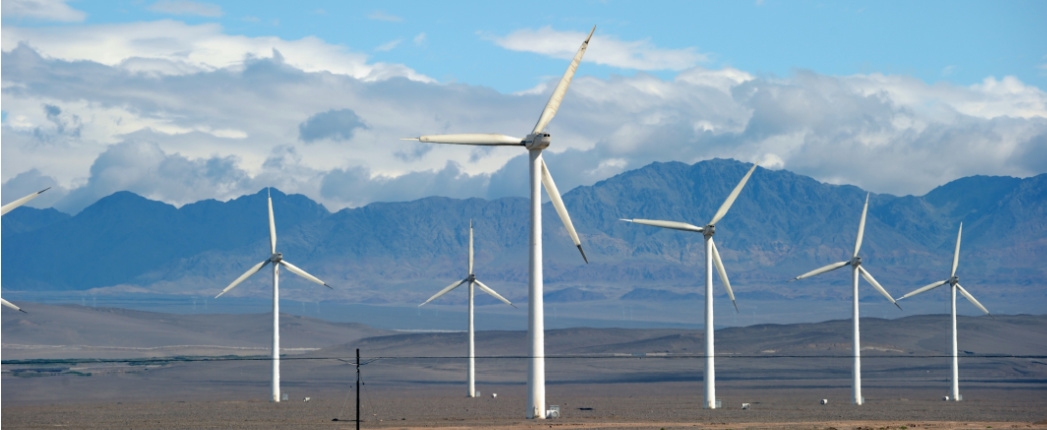
Although China is on track to double its wind and solar capacity by 2025 – five years ahead of its government’s target year – the current pace and scale are not yet enough to ensure coal becomes more of a supporting power source in the country, a United States-based global energy monitoring organization said in a report released this month.
China is on track to double its wind and solar capacity by 2025 – about five years ahead of the country’s 2030 target of 1,200 gigawatts – if all prospective projects are successfully built and commissioned, San Francisco-based global energy monitoring organization said in its report. Bundling of wind and power generation is also expected to become more common. Based in San Francisco in the United States, Global Energy Monitor develops and shares information in support of the worldwide movement for clean energy, through its global wind power and solar power trackers.
According to Global Energy Monitor, China’s combined onshore and offshore wind capacity has doubled from what it was in 2017 and now surpasses 310 GW. Operating offshore wind capacity in China has reached 31.4 GW, the organization said, and accounts for about 10% of China’s total wind capacity. That exceeds the operating offshore wind capacity of all of Europe.
“The highest concentration of operating wind capacity in China is in the northern and northwestern regions,” the organization said in the report. “Inner Mongolia, Hebei and Xinjiang are the top three provinces in terms of operating wind capacity.”
Looking to the future, the bulk of the 371 GW of prospective wind capacity in China identified by the organization’s trackers are scheduled for installation by the end of 2025. The prospective capacity is enough to increase the global wind fleet by nearly 50%, according to the report.
The organization noted that China is actively promoting power storage in conjunction with new wind and solar farms. This includes exploring integrated generation, storage and load management systems and building dozens of hydrogen plants using renewable energy as the power source.
“While all these technologies have the potential to mitigate the intermittency of wind and solar power generation, the current pace and scale are not yet sufficient to ensure that coal becomes a truly ‘supporting’ power source,” Global Energy Monitor noted in the report. “As currently conceived, the new renewables mega-bases in the northwest are likely to bundle wind and solar generation with close to equal amounts of electricity from newly built coal-fired stations.
Martin Weil, researcher at Global Energy Monitor, added in a press release that, “China is making strides, but with coal still holding sway as the dominant power source, the country needs bolder advancements in energy storage and green technologies for a secure energy future.”
Global Energy Monitor’s Global Wind Power Tracker catalogs 14,822 operating utility-scale wind farm phases generating 786 GW in 151 countries, and an additional 7,932 prospective projects that would generate 1,807 GW.
Gear oil accounts for the highest volume of lubricants used in wind turbines, followed by hydraulic fluids and greases.
Gear oil is used for the majority of wind turbine gearboxes, though they are not used in some newer direct drive turbines. Hydraulic fluid is used in wind turbine hydraulic systems that control the pitch – the angle of the blades in relation to the wind. Grease gets applied in several wind turbine locations: the main rotor shaft bearing; the yaw bearing, pitch or blade bearings; pitch drive gears; and generator bearings.
In solar energy, cutting fluids are used in manufacturing solar energy panels.
The free report, “A Race to the Top China 2023: China’s quest for energy security drives wind and solar development,” is available for download at the Global Energy Monitor website.